It’s just one auction after another at the moment, which is in some ways a bit of a shame as I have other interesting things to tell you as well. But first, let’s try and make a bit of headway with the backlog. Today’s auction is Van Sabben, taking place at the end of the week.
For once, they don’t have a great number of British posters, something which has forced me to take a closer look at some of the others. Which leads me in turn to the conclusion that there are some rather good Dutch posters from the 1950s out there. These two are my particular favourites – they’re in one lot together.
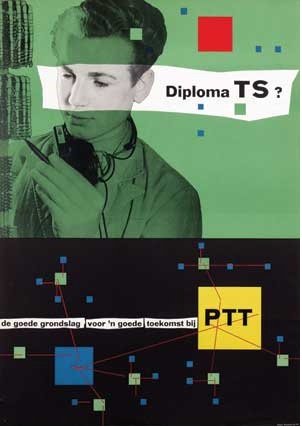
Max Velthuys, 1955, est. €120-300 (with one other poster)
With this only a hair’s breadth behind.
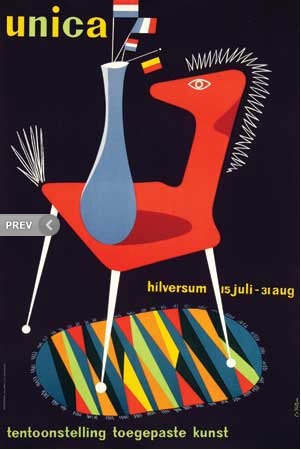
Cornelius van Velsen, 1958, est. €90-160
Really, at those prices I am almost tempted to buy one.
But back to the matter in hand, because there are a few British posters in there too, and some are worth a closer look. Of which the best, and most interesting, is probably this one, for being an airline poster that I have not only never seen before but also quite like.
If anyone can knows about Mogley, I’d be very grateful. All I can glean from the internet is that it is a very popular name for dogs.
This is also quite nice, although less rare – I’ve seen it somewhere else quite recently.
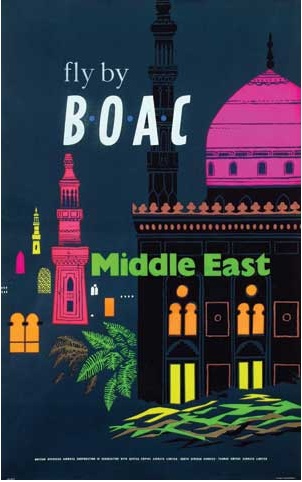
Anonymous, 1954, est. €120-280
Meanwhile, this is an oddity, not just because I am looking at a film poster but also because it’s by Arpad Elfer. Everything of his I see, I like, which means that he has been mentioned on here before. But there isn’t enough of his stuff and I don’t know very much about him at all.
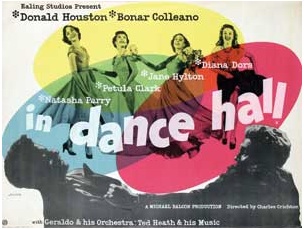
Arpad Elfer, 1950, est. €90-150
Apologies for the small picture there.
There are a smattering of railway posters too, of which this has to be my favourite, even though it’s almost certainly in contravention of the Trades Descriptions Act.
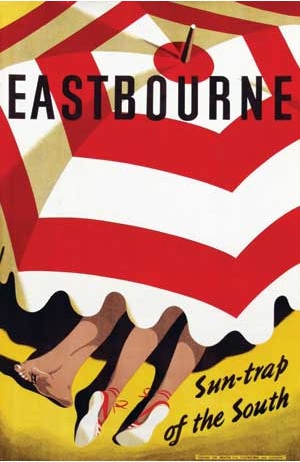
Anonymous, 1950, est. €150-250
And finally, a few propaganda posters as well. This is definitely the most striking, although I’m not sure most people would want to have it on their wall.
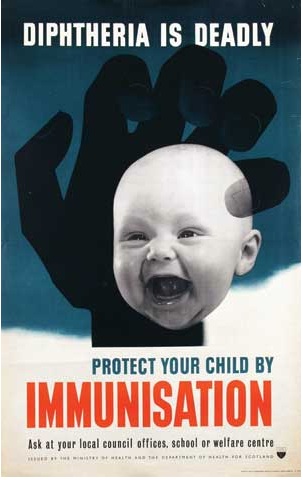
Anonymous, 1950, est. €150-300
The next two are less graphically interesting, but notable because you could have bought the first on eBay for just £4.99 last week. We didn’t, which was possibly a mistake.
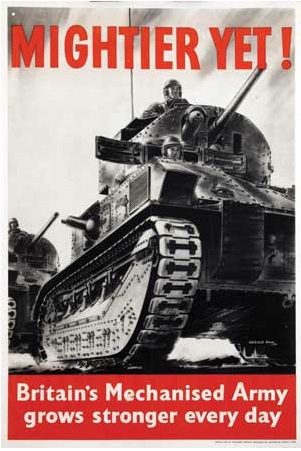
Harold Pym, 1943, est. €100-200
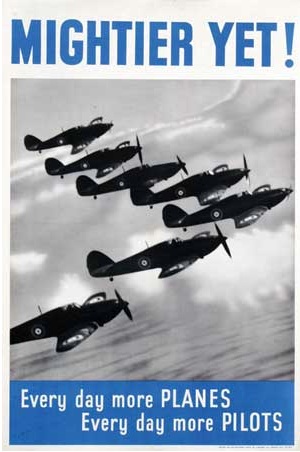
Anonymous, 1944, est. €120-250
A couple of comments here. One is that I’ve put Van Sabben’s dates in the captions, but I’m unless I am much mistaken, those posters are actually earlier than that, from 1940 or so. They date from a period in the war when the Ministry of Information not only hadn’t quite got to grips with how wartime propaganda might work, in particular thinking that its duty was to uphold morale, but also didn’t have a single positive thing to say about the progress of the war. Not a situation which makes for inspiring rhetoric. The other is that if they can go for either £4.99 or €200, what are they actually worth? This is something we can consider at greater length when I get round to looking at Onslows, where there are World War Two posters by the gross.
And that’s about your lot, unless I’ve piqued your interest in Dutch poster design. In which case you’ve got about another six hundred to go through in their catalogue.
More later this week, I hope, as I am intending to tell you all about GPO forms (trust me, it’s more interesting than it sounds) and possibly be a bit smug about some posters we’ve bought as well.
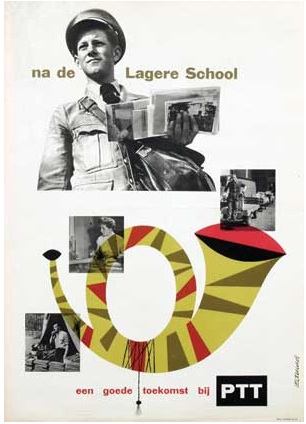
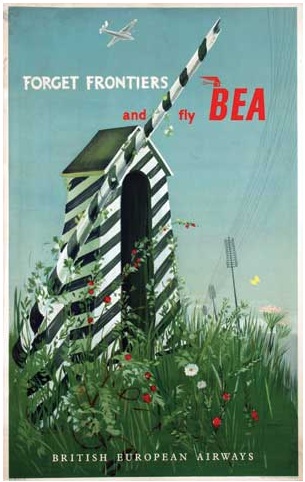
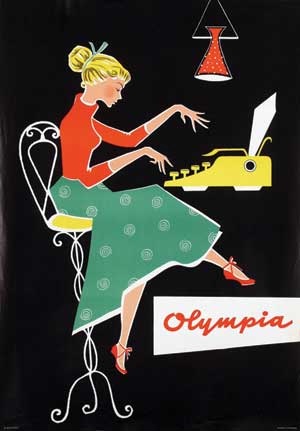
I think you’re right to be dubious about the dating of the Harold Pym poster. The “Mightier Yet!” tank is a Vickers Medium Mk 2. They were phased out of active service in 1939, so would be a pretty ropey advert for the forces in 1943.
For comparison here’s a real Vickers Mk 2 on Flickr.
And yet they were still the best that the MoI could offer the British public at that point. It really was a pretty dark period in every way.
I suppose if it was early 1940, all they could offer was “Nothing happening on the Western Front”, followed suddenly by “We have no idea what’s happening, but it doesn’t loook good” and then “Never has so much &c &c”.
I’m wondering if those posters are actually just pre-war, created during the period of rearmament. The Vickers Mk2 does show up fairly often on defence-related cigarette card sets in the years before the war, as it was apparently almost ground breaking (first tank to have a three man turret and a commander who didn’t have anything to do but command).
Within the context of WW2, these posters are symbolic of re-armament after Dunkirk (1940) and before D day (1944).
The planes and tanks are understood as signifiers – not literal depictions.
Furthermore, you would hardly expect the authorities to show-off their newest weapons.
Enemy spies and so on.
The audience for these messages was more sophisticated than you might imagine.
The IWM think 1940.
http://www.iwm.org.uk/collections/item/object/32276
I’ve been trying to find the reference for this, but according to my book (!) it’s June 1940, and the posters were intended as a reassurance after Dunkirk. However, not even the Ministry really believed in them:
“For want of something better we will have to plug (1) the Navy (2) the Empire’s strength and (3) what a hell of a fine race to build up both.”
I think that comes from a history of propaganda or the MoI. The public was not impressed, anyway.
My initial thoughts were that these posters probably dated from the ‘phoney war’ period, as the Vickers medium II tank and the version of the Hawker Hurricane shown were out of service by late 1939 and mid 1940 respectively. Rik’s suggestion of a pre-war date, either for the designs or for the actual posters, also seems plausible.
After Dunkirk, letting the enemy see our latest weapons wasn’t an issue – there were plenty sitting on the beaches at Dunkirk and scattered about northern France… The other problem with such a late date is that there would have been a lot of servicemen recently returned from France who could be expected to know what was currently in service. Propaganda should be somewhere fairly near to what is perceived as the truth or it may just result in a conviction that ‘they’ are lying. I am not saying that Paul is wrong, however, as the connection between logic and propaganda is always rather tenuous, and early wartime British propaganda, at least,was sometimes quite naive.
In design terms the posters show two of the ‘classic’ propaganda styles. The tank poster uses a vehicle which was at best obsolescent, with its supposed power emphasised by the viewpoint, the impression of movement, and some minor liberties with the shape, whilst the other uses a banal photograph of a relatively modern aircraft, relying for its effect on that modernity. I think we today do not realise just how different the Hurricane and Spitfire looked to contemporaries when compared with the biplanes which were the RAF front line fighters until 1938.
Thanks for that – and I definitely agree that British propaganda, particularly in the early years of the war was definitely naive.
I’ve now tracked down the source of the June 1940 date, and it comes from this book, which is a history of the Ministry of Information:
http://www.amazon.co.uk/Ministry-Morale-Front-Information-World/dp/004940055X/ref=sr_1_1?s=books&ie=UTF8&qid=1370512623&sr=1-1&keywords=004940055X
Although a pre-war date would be plausible in terms of the photographs, there actually wasn’t any pre-war propaganda. For a whole host of reasons – mostly to do with not appearing to be like the Germans, as well as bad experiences in World War One – the government was very wary of propaganda before the war, and the MoI was only set up when the war broke out. To the best of my knowledge, the only pre-war posters are those asking for ARP volunteers. The first posters were then the series that included Keep Calm and Carry On, or rather didn’t in the end.
Why would Van Sabben date them as 1943 and 1944?
Good question, and not one I have an answer for either.
They clearly don’t have a copy of my book, perhaps I should send them one.